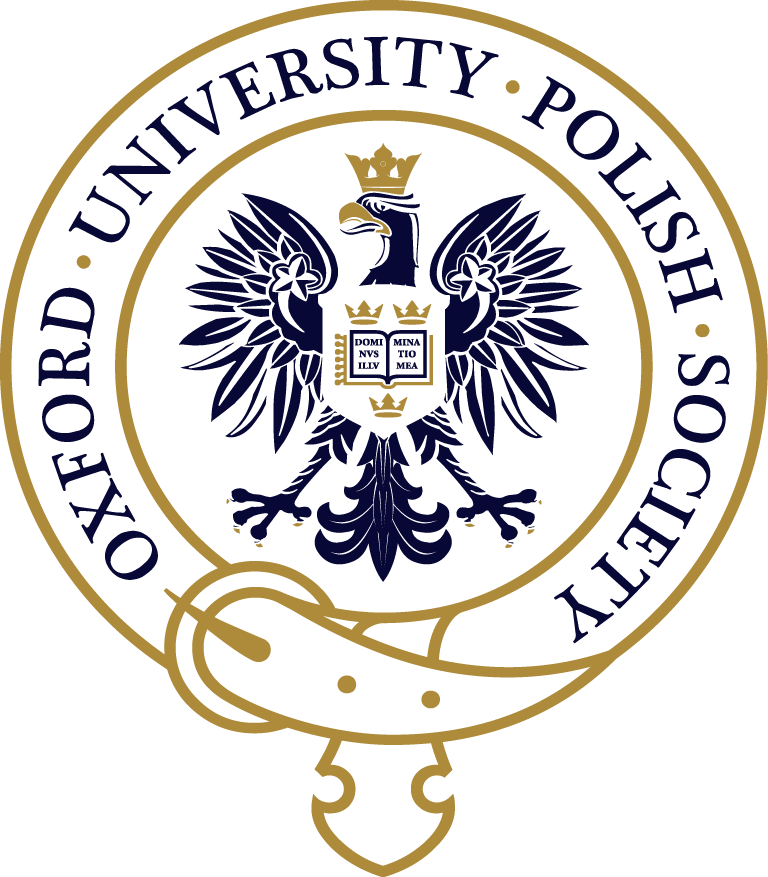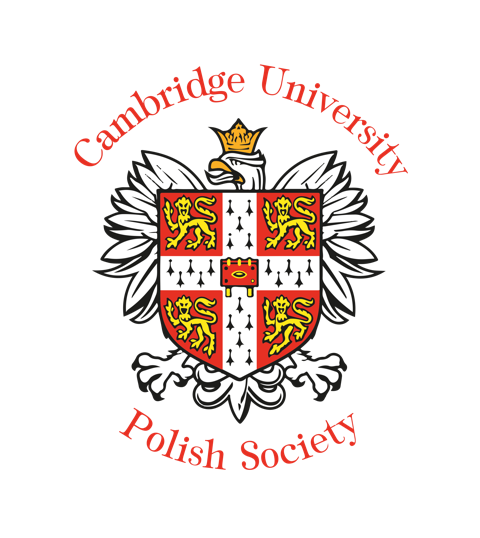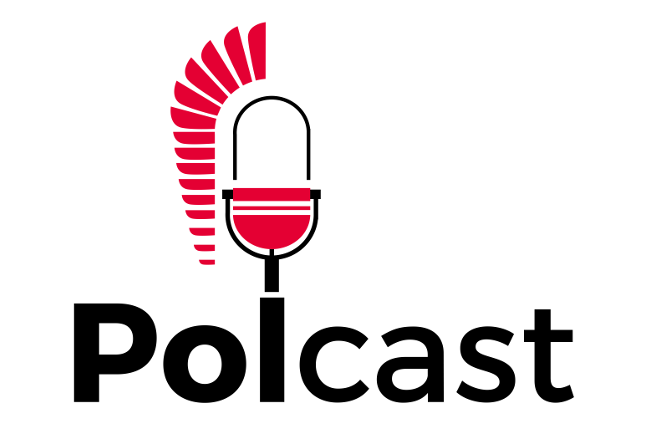Janusz Korczak
The Old Doctor who went with his pupils to the gas chamber
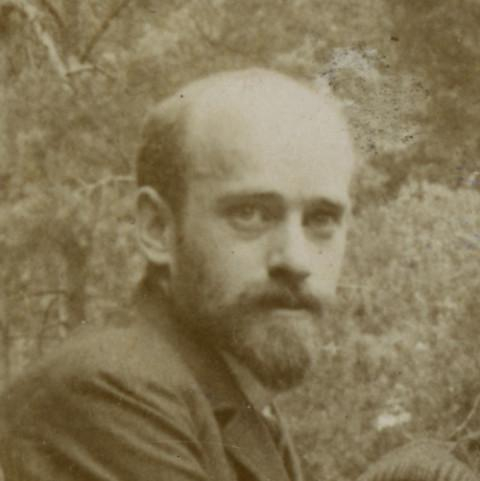
The 6th day of August in 1942 was filled with the unspeakable amount of sorrow, pain and grief for many Varsovians. On this day one of the greatest friends and protectors of children that have ever lived, Janusz Korczak, refused to escape from the Ghetto and abandon his pupils on the way to death camp in Treblinka. That moment defined him as a hero in the eyes of many. His sacrifice is remembered and the tribute is paid to him to this day.
But this tragic epilogue is not the only reason he is remembered today. He also made his mark as a modern pediatrician, an educator, a creator of a modern type of orphanage care, an author of many children’s books that remain in print to this day and was a forerunner of the idea of children's rights.
Janusz Korczak (named Henryk Goldszmit at birth) was born in an assimilated Jewish family on 22th of July in 1878 in Warsaw. His happy childhood was then blighted by his father’s death from the undiagnosed disease in 1896. From that time he had to help his mother financially and as a middle school student he tutored other boys. He enrolled in medical faculty at the Royal University(nowadays known as: University of Warsaw), where he graduated with a diploma in 1905. Korczak, as many other assimilated Polish–Jewish citizens of the time, considered himself as a man of double identity. The Jewish heritage was to always play an important role in his life. Although not religious himself, he took a close interest in the welfare of the Jewish community in Poland and visited Palestine on several occasions. He worked for the Jewish orphanage and published a children’s magazine, with mostly Jewish readership. Along with his other works, it was published in Polish.
In 1905 after the Russo-Japanese war started, he was mobilized into the Tsar army and sent to the Far East, where he served as a medic in a sanitary train. When he returned to Poland in the same year, he began to work as a pediatrician in a children's hospital, where he remained until 1912, with some occasional internships in Berlin, Paris, and London. The big success of his first book (Dziecko Salonu – The Child of the Salon), published under the name of Janusz Korczak, made him a sought-after pediatrician. He could henceforth charge rich parents high fees for private consultations, while treating the poor children for free. He believed in the family as the best possible environment for children to develop, but in the absence of such the best substitute was a peer group. His pedagogical system place high importance on peer relations. He never married and had no children of his own.
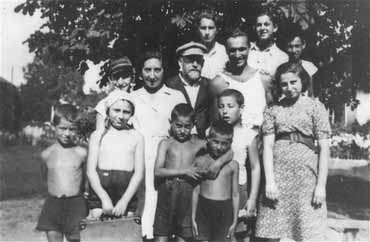
Janusz Korczak with his pupils (1935)
In 1912 he established a Jewish orphanage in Warsaw with the idea of providing a place where underprivileged children could have the same opportunities as others and develop to the best of their ability. This establishment also had another purpose, namely to implement his progressive and unconventional educational theories. It operated until 1942, when the Nazis exterminated the Ghetto inhabitants.
Among the children he was known as “Stary Doktor” (The Old Doctor), a name he was also known by in his popular radio broadcasts. The surviving writings and memoirs of the former pupils show that many remarkably innovative and creative techniques were used to both give the children a sense of security and foster the ability to fend for themselves, particularly helping them lead up to the age of 14 when they were leave the shelter.
In 1914 the First World War started and Korczak was drafted into the army again. When he fell sick and became unable to continue in his duties , the Russian authorities installed him as a pediatrician in a children’s shelter All those experiences deepened his insight into child's psychology and inspired him to write two books- "Child in a family" and "How to love a child" that were published in 1919 and 1920. In 1920 when the Polish-Soviet war began he was once again sent to a field hospital as a doctor. For his devoted service he received promotion to Mayor in the Polish army. When the war came to an end he resumed his work as a doctor, educator, writer and journalist. He published several children’s books remarkable for their insight on how children reason and experience the world. In 1926 "Mały przegląd'' (The Little Review) was born. It was a weekly, published "by children for children''. The last issue appeared on the first day of 2nd World War in 1939.

Portrait of Janusz Korczak
The Nazi occupation was a heavy blow to Korczak’s humanist sensitivity but he decided not to give up his duties and continued to do what he thought was right. In the autumn of 1940 the orphanage was relocated to the Ghetto. It was almost impossible to feed the children, but thanks to Korczak’s relentless efforts life of the orphanage continued with its orderly routine undisturbed. During this period he wore his military uniform and rejected wearing on his arm the band with the Star of David as ordered by the Nazis.
For the last 3 months of his life, Janusz Korczak was writing a diary which documented the nightmarish reality of that time. When the German authorities made the decision to close the Jewish Ghetto, Korczak and his pupils found themself on a road to Treblinka extermination camp. Korczak could have saved his life. Within his long and fruitful life he met many people that admired him for his ideas, warm heart and hard work. Some endeavoured to grease an officer's palm and offer Korczak an option to escape. Korczak refused to go as he couldn't leave behind all the children who trusted him. He was transported with children to Treblinka extermination camp on the 5th of August in 1942. Later it was confirmed that he died in a gas chamber 2 days later, alongside other staff of the orphanage and 200 pupils. His heroism is remembered, as are his ideas about children’s education. They have spread around the world and are a living memorial of this extraordinary man. In Poland there are several schools and organisations named after him and three monuments in Warsaw alone.
Bibliography:
- Janusz Korczak [internet]. http://culture.pl/en/artist/janusz-korczak (accessed 2 February 2018)
- Janusz Korczak [internet]. http://www.jewishvirtuallibrary.org/janusz-korczak (accessed 2 February 2018)
- Janusz Korczak [internet]. http://www.holocaustresearchproject.org/ghettos/korczak.html (accessed 2 February 2018)
- Who was Janusz Korczak? [internet]. Janusz Korczak Communication center, http://korczak.com/Biography/kap-1who.htm (accessed 2 February 2018)
- Janusz Korczak [internet]. http://www.jewishvirtuallibrary.org/janusz-korczak (accessed 2 February 2018)
- Janusz Korczak [internet]. http://culture.pl/pl/tworca/janusz-korczak (accessed 2 February 2018)
If you want to read more:









